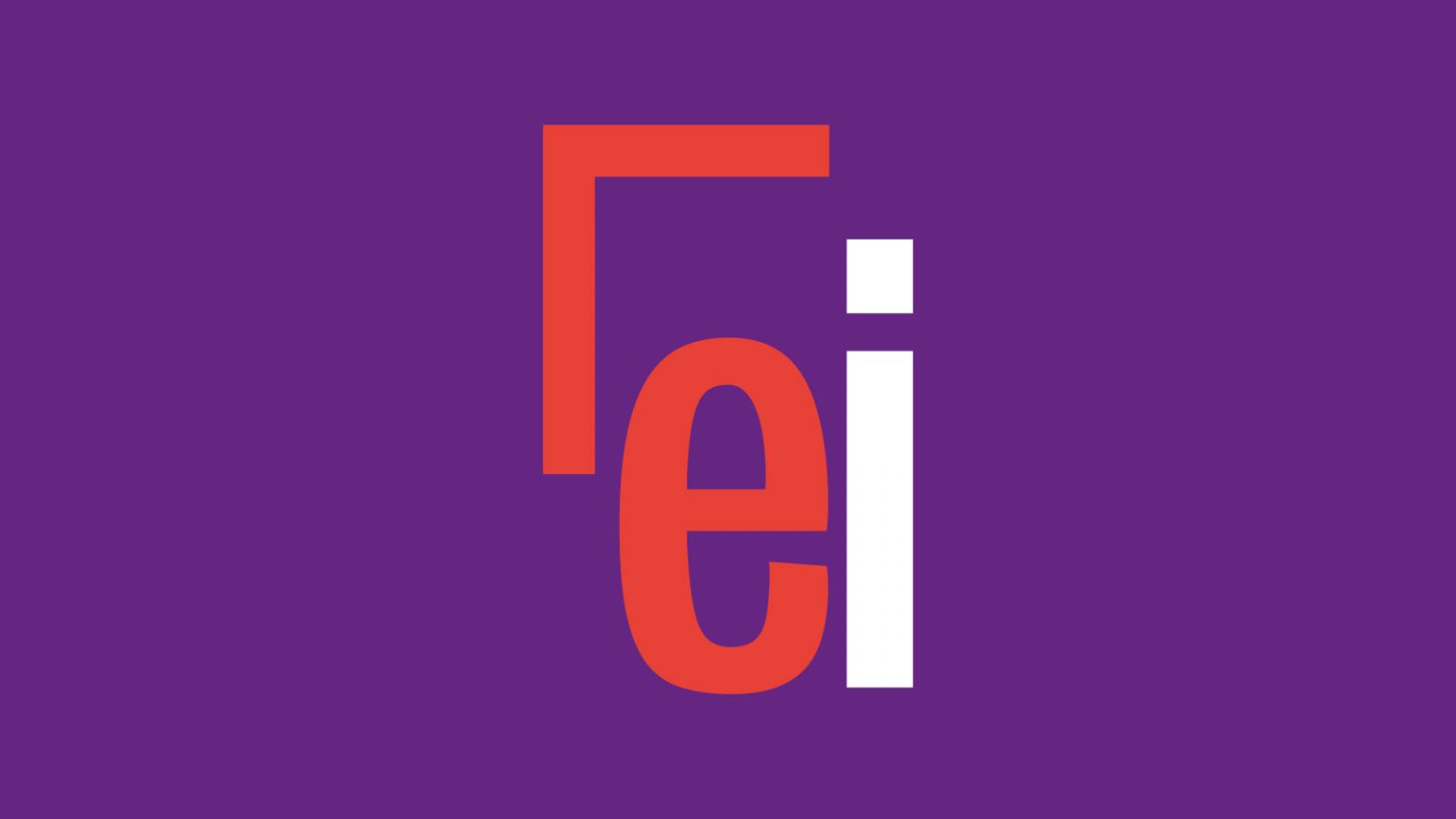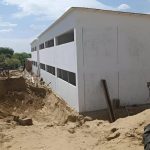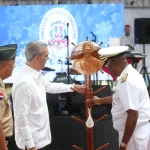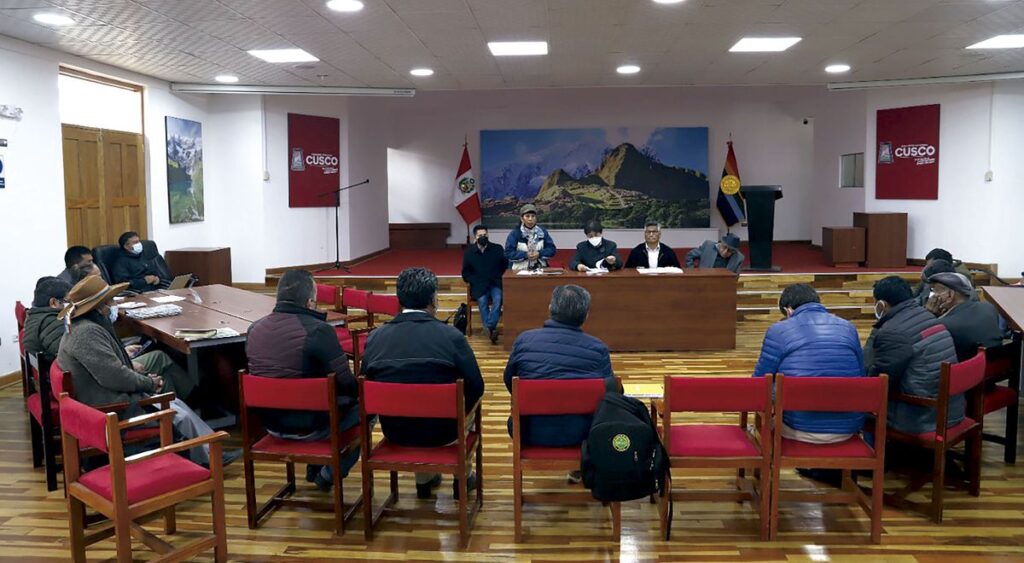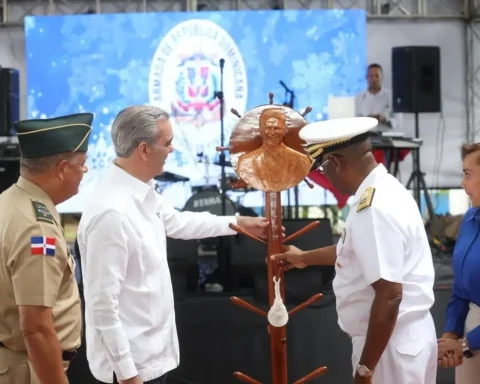On March 14 of last year, the GuaraniSat 1 satellite, launched from the Japanese KIBO module of the International Space Station, entered orbit. The artifact was built in Paraguay with the assistance of the Kyushu Technological Institute of Japan and on board it are remote sensors whose mission will be to collect data on the behavior of the climate and the spread of certain diseases, including Chagas disease whose vector is the chicha guazú or vinchuca.
This assistance from space is welcomed by science, which is constantly searching for new methods to control diseases spread through vectors such as mosquitoes, bedbugs, lice and other insects.
Chagas disease is a typical disease conditioned by the socioeconomic situation of certain population enclaves. It was diagnosed by the Brazilian doctor Carlos Justiniano Ribeiro das Chagas who in 1909 gave it the scientific name of American trypanosomiasis but from then on it was known as Chagas disease.
It is caused by a parasite called trypanosoma cruzi, spread preferably by the kissing bug which, after biting its victim, defecates near the wound causing an itch that forces it to scratch and spread, in this way, the faeces with the trypanosome that in this way enters the bloodstream.
The infection process takes months and usually leads to alterations in the liver and intestines and, over time, an enlargement of the heart muscle and various disorders of the circulatory system.
The spread of trypanosomiasis is favored by the proliferation of precarious dwellings, especially mud houses and thatched roofs, which provide the perfect refuge for the chicha guasú, which thus escapes its natural predators. It is a nocturnal insect that bites during sleep and hides during the day.
The remote sensors of GuaraniSat 1 will surely serve to identify the areas with the highest risk of persistence of the disease due to overcrowding, poor housing and other environmental conditions that favor the presence of the vector. The departments of Paraguarí, Concepción and Cordillera in the Eastern region and Presidente Hayes and Boquerón in Chaco are today high-risk areas for Chagas disease.
Today, the first Paraguayan space watchman, a valuable assistant to medicine and public health, concentrates his focus on them.
